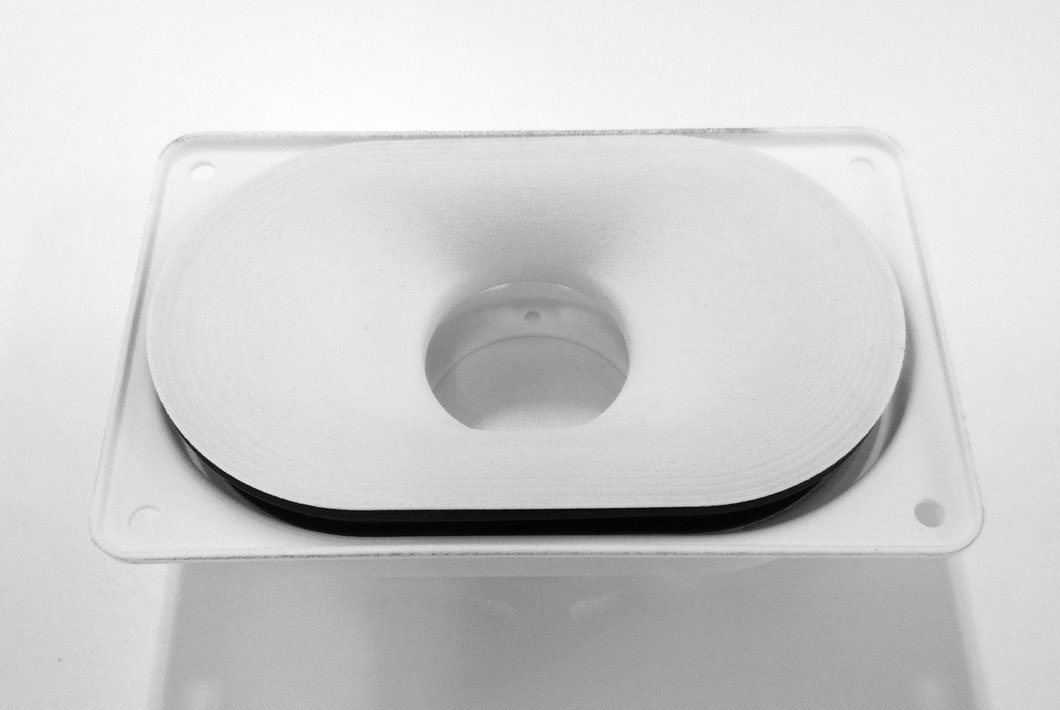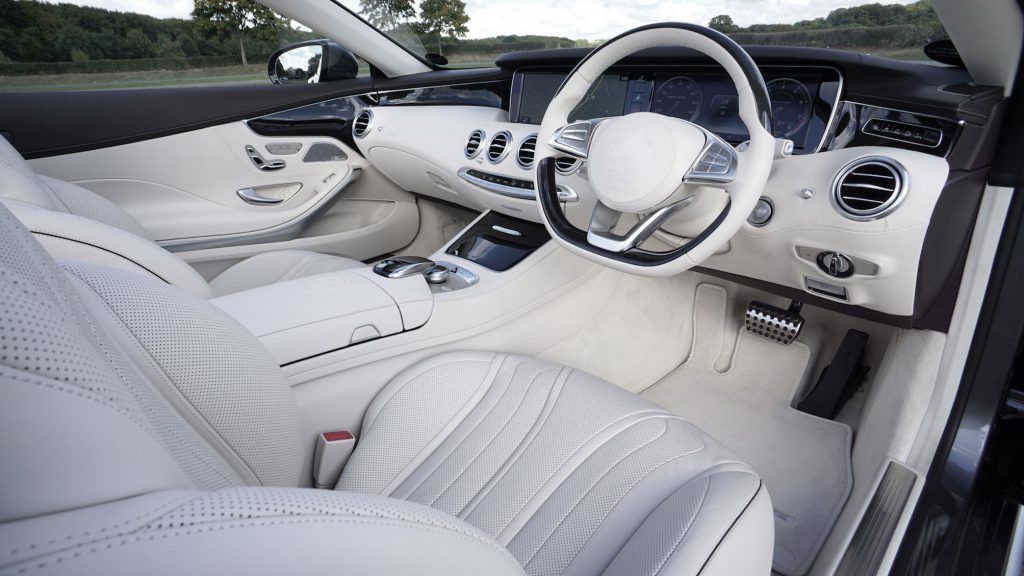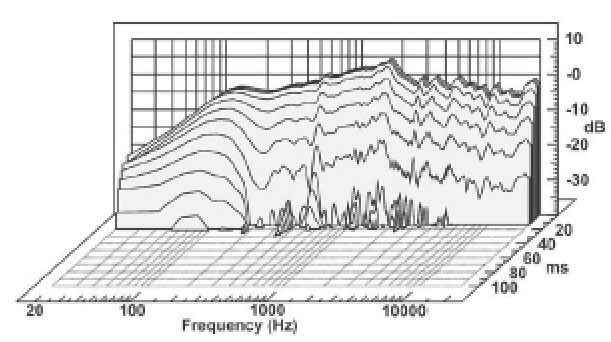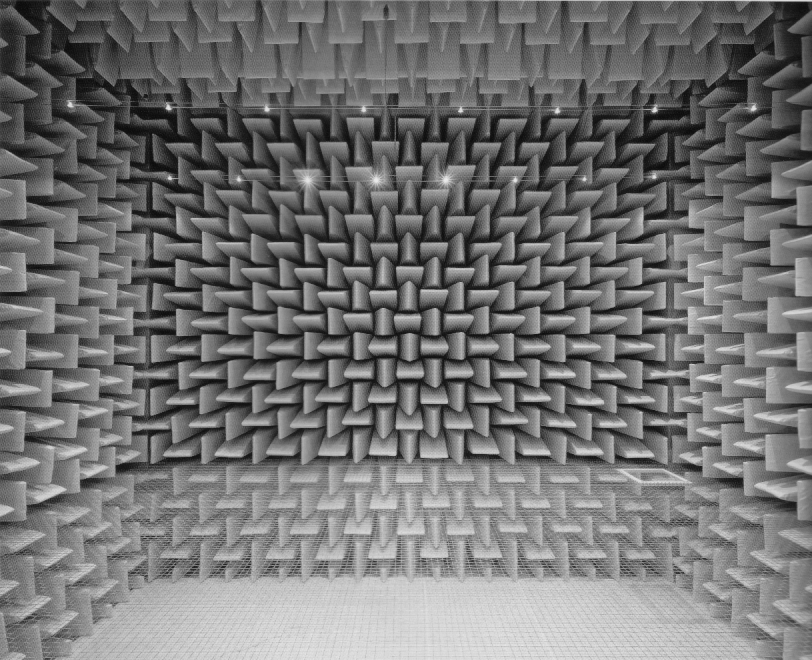Designing spaces for speech and music applications is a major topic in acoustics. Modern facilities require flexibility to host music performances and/or conferences, thus needing very accurate planning and clear target performance. The actual acoustic response of your venue will leave a strong footprint (and memory) onto players and audience alike.
Knowing the challenges the corresponding constraints from both the engineer’s and musician’s point of view gives a tremendous help to understand, define and share the most desirable acoustic properties for any design, no matter if it’s a control room for a home studio, a multi-functional venue hosting theatre and live music, or a listening room for research and product development.
Designs of bass traps, wideband absorbers, scattering and diffusing panels are widely available, but on the contrary, how to integrate the acoustic treatment and create a comfortable environment for a specific budget is not obvious.
Careful measurements of the status quo, accurate and musically-oriented design rules and correct presentation of all the different phases of the project are the key factor for a winning design.




